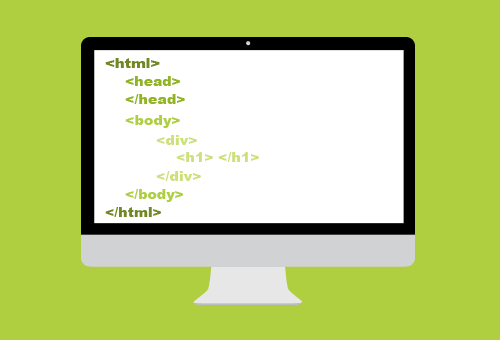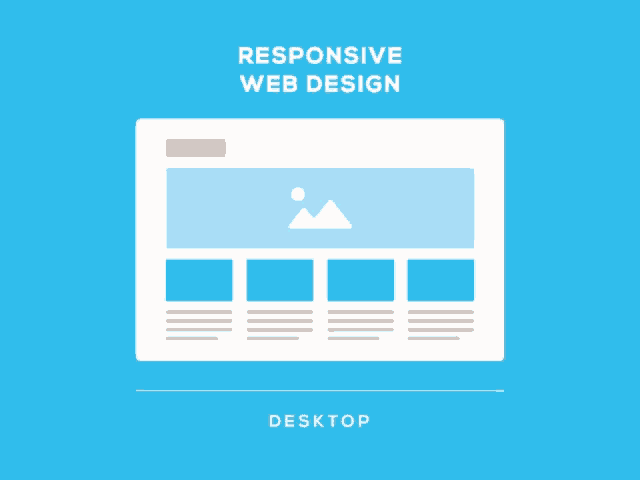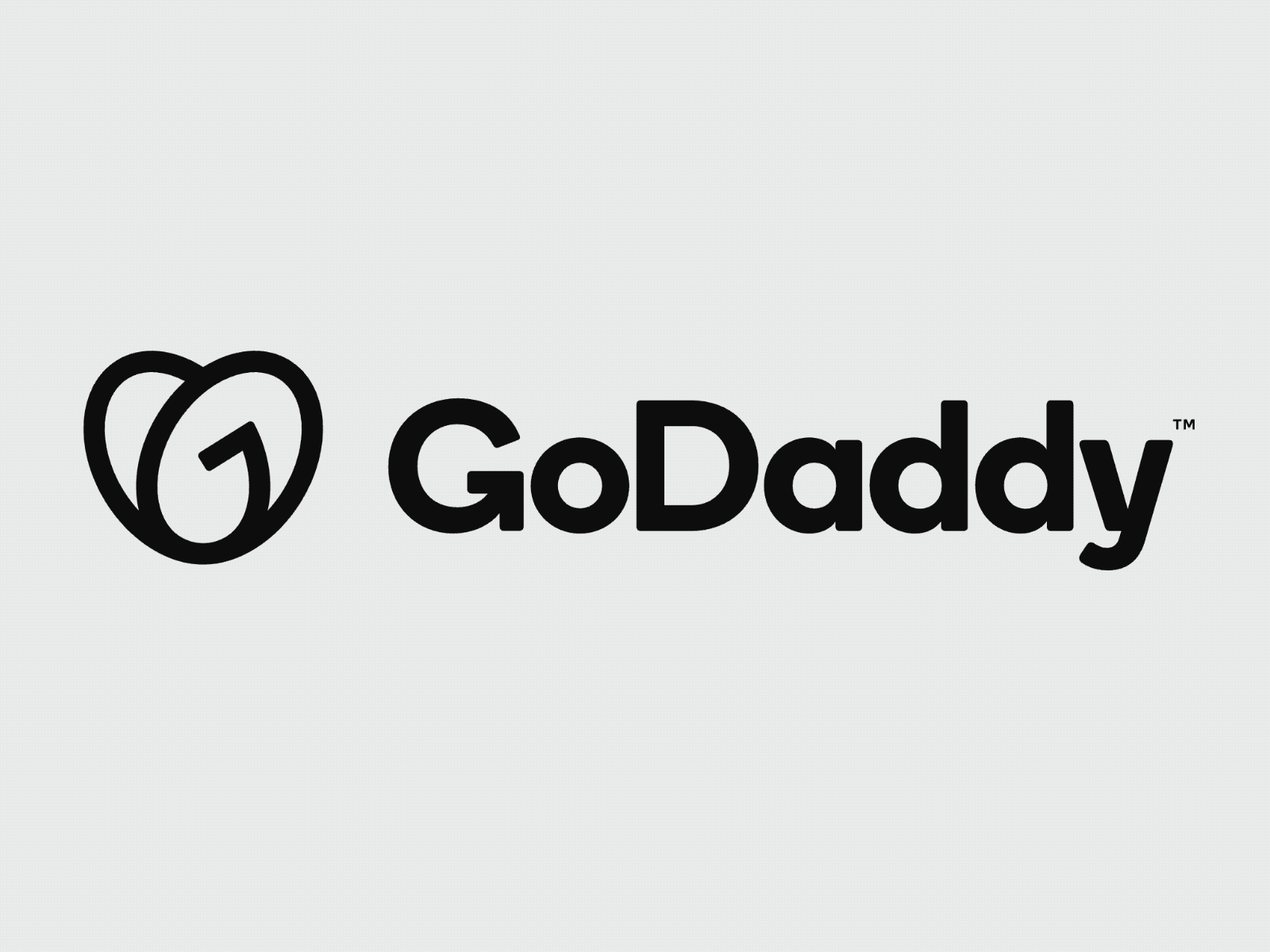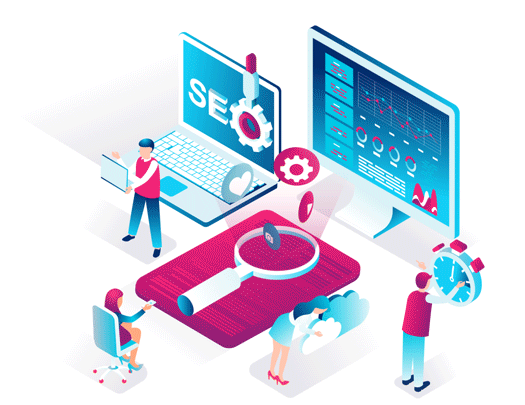💻TECHNOLOGIES REQUIRED FOR MODERN WEBSITES📱
There are several technologies required for modern websites, including:
- HTML : Hypertext Markup Language (HTML) is the backbone of any website. It is used to structure the content of a web page. HTML is used to create the structure of web pages that are displayed on the World Wide Web (WWW). It contains Tags and Attributes that are used to design the web pages. Also, we can link multiple pages using Hyperlinks.
- Create Web site : You can create a website or customize an existing web template if you know HTML well.
- Become a web designer : If you want to start a career as a professional web designer, HTML and CSS designing is a must skill.
- Understand the web : If you want to optimize your website, to boost its speed and performance, it is good to know HTML to yield the results.
- Learn other languages : Once you understand the basics of HTML then other related technologies like javascript, PHP, or angular have become easier to understand.
- CSS : Cascading Style Sheets (CSS) are used to style and design the HTML elements of a website. It provides control over the layout, fonts, colors, and other visual aspects of a website. CSS is a style sheet language used for describing the presentation of a document written in markup language. It is commonly used to style web pages written in HTML and XHTML, but it can also be applied to other types of XML documents.
- JavaScript : JavaScript is a programming language that allows developers to add interactivity and dynamic functionality to a website. It can be used for things like animations, pop-up windows, and user input validation.
- Responsive Design : Responsive design is a technique that allows websites to adapt to different screen sizes and device types. This is achieved using a combination of HTML, CSS, and JavaScript.
- Reach a larger audience: nowadays, more users access the web through mobile devices.
- Save time and development efforts since designers and developers only focus on one design version.
- Improve SEO, as search engines reward mobile-friendly websites with better search positions.
- Ensure brand and design consistency across devices, as there is no chance to modify guidelines to fit different design boxes.
- Content Management Systems (CMS) : A CMS is a software application that allows non-technical users to manage and update website content. Popular CMS include WordPress, Drupal, and Joomla.
- Content creation and editing : CMSs typically provide a simple interface for creating and editing content, with options for formatting text, adding images and other media, and more.
- Content management : CMSs allow users to organize and manage their content, including creating categories and tags, archiving old content, and controlling user access to content.
- Workflow management : Many CMSs allow users to set up workflows for content creation and publishing, including assigning tasks to specific users, setting deadlines, and tracking progress.
- Design and customization : CMSs often provide tools for customizing the look and feel of a website or other online platform, including templates and themes, and allowing users to make changes to the layout, color scheme, and other design elements.
- Integration with other systems : Many CMSs can integrate with other systems and applications, such as social media platforms, e-commerce systems, and customer relationship management (CRM) software.
- Web Hosting : Web hosting is the process of making a website available on the internet. Websites are hosted on servers that can be owned by the website owner or rented from a hosting company.
- Security : Websites require security measures to protect against hacking, data breaches, and other cyber attacks. This includes measures such as SSL certificates, firewalls, and regular security updates. Website security can be a complex (or even confusing) topic in an ever-evolving landscape. This guide is meant to provide a clear framework for website owners seeking to mitigate risk and apply security principles to their web properties. Before we get started, it’s important to keep in mind that security is never a set-it-and-forge-it solution. Instead, we encourage you to think of it as a continuous process that requires constant assessment to reduce the overall risk.
- Search Engine Optimization (SEO) : SEO is the process of optimizing a website to rank higher in search engine results pages. This involves techniques such as keyword research, content optimization, and link building.
HTML was developed with the intent of defining the structure of documents like headings, paragraphs, lists, and so forth to facilitate the sharing of scientific information between researchers. Now, HTML is being widely used to format web pages with the help of different tags available in HTML language.

HTML is a must for students and working professionals to become great Software engineers especially when they are working in Web Development Domain.
I will list down some of the key advantages of learning HTML:
CSS separates the presentation of a document from its content and structure, allowing designers to control the appearance of a website without affecting its underlying HTML code. By using CSS, designers can define styles for different elements, such as fonts, colors, backgrounds, and layouts, and apply them consistently across multiple pages or an entire site.

CSS works by defining rules that specify how certain elements should be styled. A rule consists of a selector, which identifies the element or group of elements to be styled, and a set of declarations, which define the styles to be applied to those elements. CSS also provides various selectors that allow designers to target specific elements based on their attributes, position, and relationships to other elements. CSS is an essential tool for web design and is widely used by web developers and designers to create attractive and responsive websites.
JavaScript is a lightweight object-oriented programming language that is used by several websites for scripting webpages. It is an interpreted, full-fledged programming language that enables dynamic interactivity on websites when applied to an HTML document. It was introduced in the year 1995 for adding programs to the webpages in the Netscape Navigator browser. Since then, it has been adopted by all other graphical web browsers. With JavaScript, users can build modern web applications to interact directly without reloading the page every time. The traditional website uses JavaScript to provide several forms of interactivity and simplicity.


Responsive design is an approach to web design in which the interface adapts to the device's layout, facilitating usability, navigation, and information seeking. Responsiveness is possible thanks to media queries, allowing the design to adjust automatically to the browser space to ensure content consistency across devices, and design elements being sized in relative units (%). Responsive design has significant benefits, and it's a default for web design to support device switching.
With responsive design, you may:

A Content Management System (CMS) is a software application that allows users to create, manage, and publish digital content, typically for websites or other online platforms. CMSs are designed to simplify the process of content creation and management by providing a user-friendly interface that allows users to easily add and edit content without requiring specialized technical knowledge.
Some of the key features of CMSs include:
Web hosting refers to the process of storing website files and making them accessible via the Internet. Web hosting companies provide services that allow individuals and businesses to store and serve their website content, making it possible for the website to be accessed by visitors from anywhere in the world.

When a website is created, its files are stored on a web server, which is a computer designed specifically for this purpose. Web hosting companies typically offer a range of plans and services that provide varying levels of storage, bandwidth, security, and other features.
Some popular web hosting providers include Bluehost, HostGator, GoDaddy, and SiteGround.


By applying a systematic approach to website security, we can think of it as an onion, with many layers of defense all coming together to form one piece. We need to view website security holistically and approach it with a defense-in-depth strategy.
Search Engine Optimization (SEO) refers to the practice of optimizing websites and online content to increase their visibility and ranking in search engine results pages (SERPs). The goal of SEO is to make it easier for search engines like Google, Bing, and Yahoo to understand the content of a website and rank it higher in search results when relevant queries are searched for by users.

SEO is an ongoing process that requires continuous monitoring and optimization to ensure that a website remains relevant and competitive in search engine rankings. While the specific tactics and strategies used in SEO can vary, the ultimate goal is to increase organic traffic to a website and drive business growth.
How SSS Can Help You Get the Best Technologies To Required Modern Websites 🤝
📱💻👨💻 Software Services & Solution have 20+ years of expertise in software development, we understand that full-stack web development is a highly sought-after skill in the industry. That's why we are committed to helping aspiring developers build their careers in this field. We offer a range of resources and support to help you build your career. Software Services and Solutions have a team of experts who are skilled in various areas of web development such as front-end development, back-end development, database management, and user experience design.
Software Services & Solutions is a web development company that should have a well-defined project management process that ensures the project is completed on time and within budget. They should also be able to provide regular progress updates and involve the client in decision-making.
CONCLUSION
In conclusion, modern websites have evolved significantly over the past decade and have become a crucial aspect of modern communication and commerce. They are no longer static pages but dynamic, interactive, and responsive applications that enable users to engage with content and services seamlessly across a range of devices.
Modern websites are characterized by a user-centric approach, which places the user's needs and experience at the center of the design and development process. They feature intuitive navigation, clean and minimalist design, and engaging multimedia content, such as videos and animations.
They also leverage the latest web technologies, such as HTML5, CSS3, and JavaScript, to create visually appealing and engaging experiences. Modern websites are optimized for search engines and social media, enabling users to discover and share content easily.
Furthermore, modern websites are secure and comply with data protection regulations, such as GDPR and CCPA, to protect user data and privacy. They also integrate with third-party services, such as payment gateways and customer relationship management (CRM) systems, to facilitate e-commerce and streamline business processes.
In summary, modern websites offer a wide range of benefits to individuals and organizations, including improved user experience, enhanced engagement, increased visibility, and streamlined business processes.